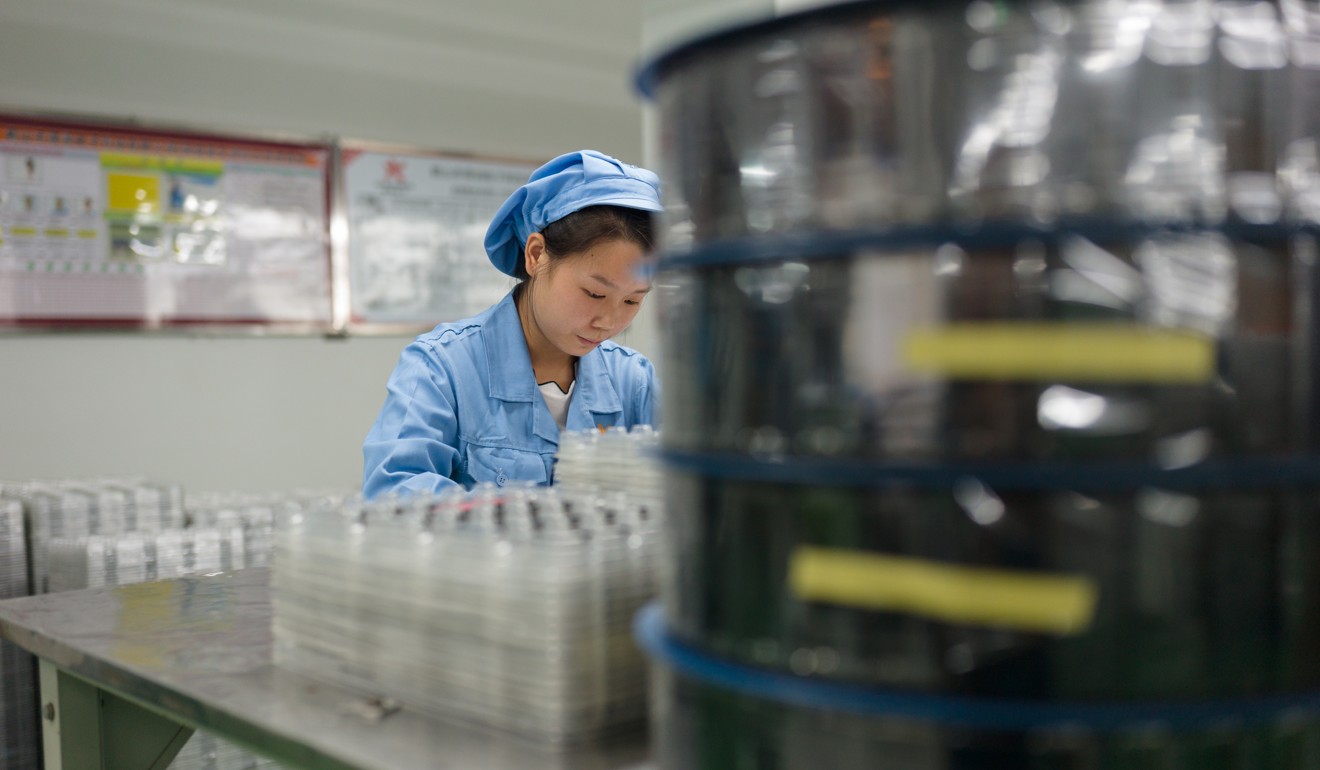
GoPro to move US-bound camera production out of China to avoid trade war tariffs
- Move comes despite 90-day truce agreed between US President Donald Trump and Chinese counterpart Xi Jinping
- The sport camera company has seen its share price fall 35 per cent this year
GoPro will move most of its US-bound camera production out of China by the summer of 2019, becoming one of the first brand-name electronics makers to take such action to minimise the impact of the escalating trade war.
The company is still deciding where to relocate the manufacturing operation, although cameras headed for other countries will continue to be made in China.
“Today’s geopolitical business environment requires agility,” GoPro chief financial officer Brian McGee said on Monday.
“We’re proactively addressing tariff concerns.”
The trade war between the world’s two biggest economies has made more than US$250 billion of goods from China more expensive for Americans, from component pieces to electric scooters, and US President Donald Trump has threatened to place tariffs on all goods coming from China.

Trump and China’s President Xi Jinping agreed on December 1 to hold off on increasing tariffs for 90 days, but the arrest of Huawei Technologies chief financial officer Sabrina Meng Wanzhou in Canada at the request of US authorities has stoked renewed fears of a further escalation.
GoPro shares were down 1.01 per cent to US$4.92 in New York, taking their total decline this year to 35 per cent.
“This is a sign that those in the technology supply chain aren’t confident we’ll get a clean resolution soon to the trade war,” said Joe Wittine, an analyst at Longbow Research.
The San Mateo, California-based company said it expects shifting US production to come at a “relatively low cost” since the company owns its production equipment.
In the third quarter, more than 40 per cent of their revenue came from the Americas, while about 25 per cent came from Asia-Pacific.
China became the world’s factory as multinational companies took advantage of the lower production costs, but the tariffs are now hurting already thin margins.
This is causing companies to turn toward countries in Southeast Asia as an alternative manufacturing base.
About one-third of more than 430 companies in China are considering sourcing components or assembly outside the country as a result of tariffs, according to a survey by the American Chamber of Commerce in China and Shanghai.
“GoPro could provide an early look of the post-‘Make America Great’ tech supply chain, where your gadget is made in Vietnam or Indonesia, instead of China,” Wittine said.

